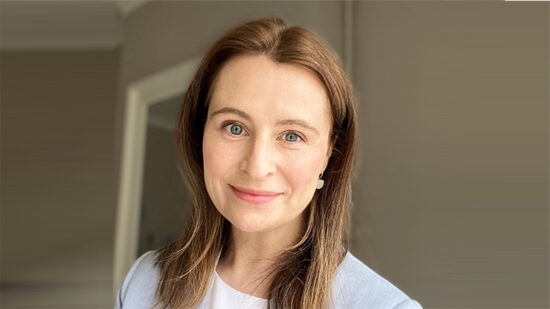The bank’s interim results, published 29 July, showed statutory profit before tax of £3.2bn in the six months to June 30, up 25% on £2.55bn a year previously.
Barclays chairman John McFarlane subsequently announced a dividend of 6.5p per share to be paid for 2015 as part of a progressive dividend plan going forward.
However, Davidson, manager of the JPM Global Equity Income Fund, believes that while Barclays is showing signs of improvement as an income prospect, it is still lagging some of its industry counterparts.
“The market is rewarding Barclays because they have turned the corner,” he said.
“The chairman has spoken about a progressive dividend, and we are forecasting for it to end at around 4% a couple of years out. However, some of the other banks – Morgan Stanley or Lloyds, for example – are a bit further ahead in their restructuring and less-risky with higher yield.”
While there are sceptics, for some investors the progress made within financials means that banks could become the new ‘safe haven’ for income-seekers.
While Davidson shares this view – as represented by his portfolio exposure to financials increasing from 15% to 25% in the past 12 months – he says that while it is on the right track, Barclays is behind the curve in terms of its recovery story.
“Risk-weighted assets have fallen and costs are down, so equity and capital ratios are improving as a result of that, which is what the market likes,” he expanded.
“However, it is not going to become a ‘classic’ dividend stock yet – Barclays is still in restructuring mode and has a lot of assets left to de-lever, and there are other banks that are further down the path towards becoming steady ‘utility-style’ dividend-payers. Barclays is an interesting dividend story, but we are still one or two years away from it becoming a high dividend-yield payer.”
While the bank’s stock market price had risen 1.98% to 285.14p per share at 10.19am on 29 July, Barclays reported a net tangible asset value per share decrease from 285p to 279p per share, citing dividend payments alongside interest rate changes and currency movements as decisive factors.
This encompassed the bank’s adjusted profit before tax rising 11% in the same period to £3.73bn, leading to adjusted return on shareholder equity climbing to 7.7%, compared to 6.5% 12 months earlier.
Core returns on average equity increased incrementally from 11.1% – up 0.1% on H1 2014 – with a profit before tax increase of 10% to £4.24bn driven by average equity allocation jumping from £6bn to £47bn.
The results come three weeks after CEO Antony Jenkins was jettisoned as the bank looked to speed up its restructuring process and bring more focus on its investment banking capability.







